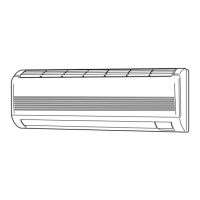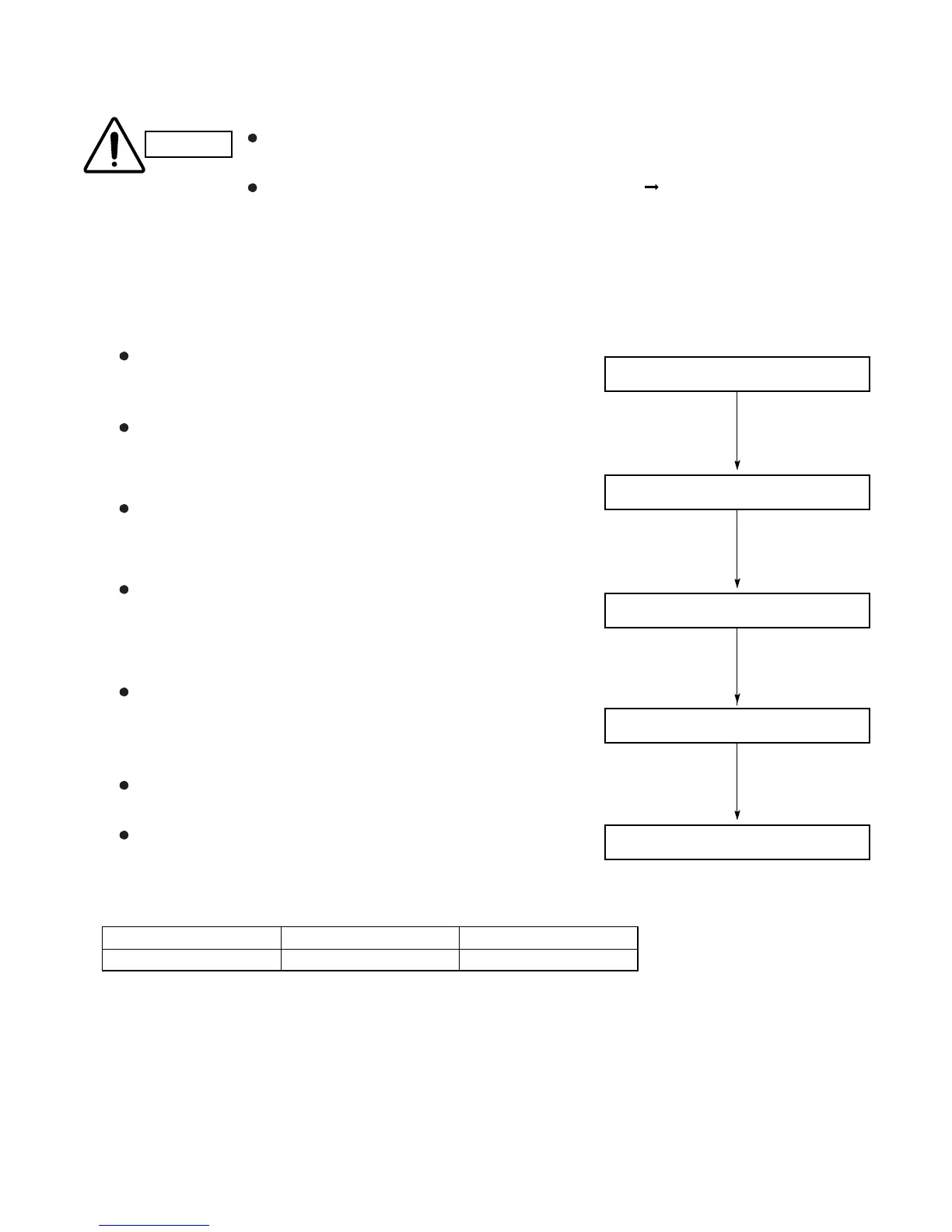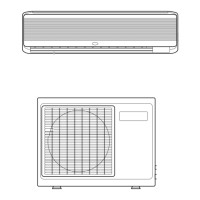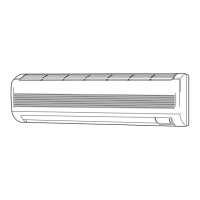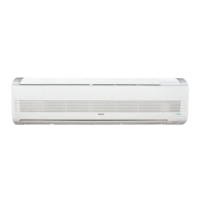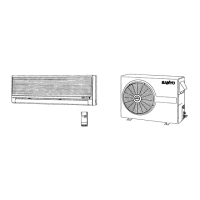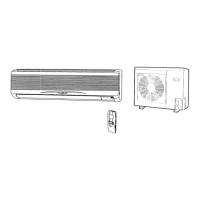12-5. In Case of Compressor Malfunction
CAUTION
Should the compressor malfunction, be sure to make the switch to a replacement
compressor as quickly as possible.
Use only the tools indicated exclusively for R410A. See "12-3. Tools
Specifically for R410A."
12-5-1. Procedure for Replacing Compressor
(1) Recovering refrigerant
Any remaining refrigerant inside the unit should not be
released to the atmosphere, but recovered using the
refrigerant recovery unit for R410A.
Do not reuse the recovered refrigerant, since it will contain
impurities.
(2) Replacing Compressor
Soon after removing seals of both discharge and suction
tubes of the new compressor, replace it quickly.
(3) Checking for sealing
Use nitrogen gas for the pressurized gas, and never use a
refrigerant other than R410A. Also do not use oxygen or
any flammable gas.
(4) Evacuation
Use a solenoid valve-installed vacuum pump
so that
even if power is cut off in the middle of evacuation of air
due to a power interruption, the valve will prevent the
pump oil from flowing back.
The equipment may be damaged if moisture remains in
the tubing, thus carry out the evacuation thoroughly.
When using a vacuum pump with exhaust air volume more
than 0.883 cu.ft./min. and ultimate vacuum pressure rate
of 50 micron Hg.
Standard time for evacuation
(1) Recover refrigerant
OK
(2) Replace compressor
OK
(3) Check for sealing
OK
(4) Evacuation
OK
(5) Recharge
Length of tubing
Evacuation time
Less than 33 ft. (10 m)
More than 10 minutes
More than 33 ft. (10 m)
More than 15 minutes
